
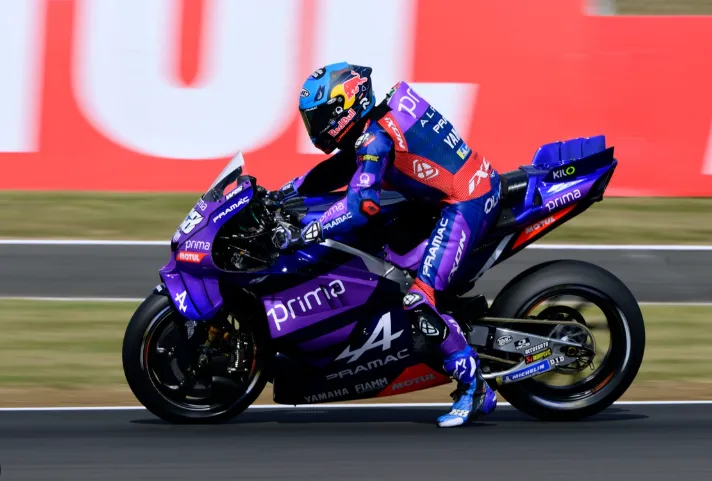
Health Is Miguel Oliveira’s health really threatening his career? Surprising revelations have just been announced!
Miguel Oliveira, the talented Portuguese MotoGP rider for Prima Pramac Yamaha, is making his much-anticipated return to racing at the Silverstone British Grand Prix. This marks only his second race since recovering from a serious injury that sidelined him for two months. The British GP weekend is proving to be a crucial period for Oliveira as he strives to regain his race fitness, physical form, and mental rhythm on the bike.
For any MotoGP rider, returning from injury poses both physical and psychological challenges. Oliveira’s current focus isn’t solely on winning or podium finishes, but rather on how well he can manage his body under the intense demands of premier class racing and regain his competitive edge. Silverstone, known for its fast, flowing corners and high-speed straights, is a fitting stage for Oliveira’s journey back to full strength.
Physical Struggles and Challenges at Silverstone
In interviews after the Sprint race at Silverstone, Oliveira openly admitted to ongoing physical struggles, especially in specific parts of the track. He mentioned, “Physically I’m struggling – not so much with changing direction, but in right-hand corners where I need to hang off the bike a bit longer I’m struggling.” This admission highlights the toll injury recovery takes on a rider’s core strength, endurance, and muscle memory.
Right-hand corners often require riders to position their body further off the bike, shifting their weight to maintain balance and optimize traction. This technique demands excellent lower body strength and flexibility, areas Oliveira is still rebuilding after his time away from racing. At Silverstone, sections like Abbey Corner and Copse Corner challenge riders with their fast and lean dynamics, making physical readiness even more critical.
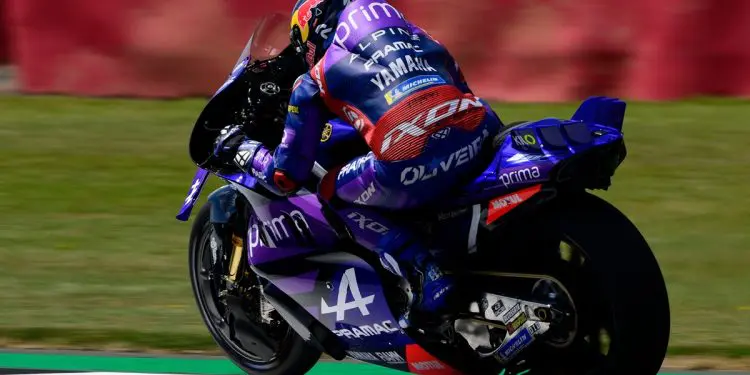
Sprint Race: A Full Attack From Start to Finish
One of the toughest aspects of MotoGP Sprint races is the sheer intensity from the opening lap to the finish. Oliveira highlighted this, explaining the Sprint is a race where there is “no way you can save physically.” Unlike the longer main race, where riders can manage tyre wear and energy, the Sprint demands 100% effort and attack every second.
During the Sprint at Silverstone, Oliveira started well and gained several positions, showcasing his speed and racecraft. However, he quickly noticed how other riders kept overtaking him aggressively. This relentless action reflected the nature of Sprint races, where points are awarded only for final positions, prompting all riders to push hard throughout.
For Oliveira, who is still recovering physically, the Sprint was a major test. He had to push through pain and fatigue, fighting for every inch of track space. This effort underscores the challenge of returning to MotoGP-level competition post-injury, where there is no room for pacing in short sprints.
Anticipating the Main Race: Strategy and Tyre Management
Oliveira expressed hope that the main race on Sunday would provide a different kind of challenge, one that better suits his current condition. “Hopefully on Sunday will be a bit more chill, because hopefully all of us will need to manage the rear tyre a little bit, and that probably will bring us a bit closer,” he said.
The main race’s longer distance means riders must focus on tyre management, especially conserving the rear tyre which wears quickly on Silverstone’s abrasive surface. This tactical aspect often leads to more strategic riding rather than outright aggression every lap. For Oliveira, this could mean less strain on his body as he balances attack with energy conservation.
Additionally, Oliveira mentioned the possibility that a different tyre choice might improve his physical comfort during the race, though he remained unsure of what would work best. Choosing the right tyre compound is critical, as softer tyres offer more grip but wear faster, while harder tyres last longer but provide less traction. Getting this balance right could help Oliveira sustain competitive lap times without compromising his recovering muscles.
The Impact of Injury on MotoGP Riders
Miguel Oliveira’s struggles after injury shine a light on the broader physical demands of MotoGP and the difficulties riders face when coming back from time off. MotoGP bikes are some of the fastest and most physically demanding machines in motorsport, reaching speeds over 220 mph and requiring riders to control every millimeter of movement.
Injury recovery isn’t just about healing bones or muscles; it’s also about regaining the finely tuned coordination and stamina necessary to handle the extreme forces on the bike. Riders must rebuild strength, flexibility, and reaction times, all while battling pain and potential psychological barriers like fear or hesitation.
For Oliveira, Silverstone’s demanding layout—with high-speed corners, quick direction changes, and intense braking zones—adds extra pressure. Any physical weakness can lead to loss of control or slower lap times, which at the highest level of racing means losing ground to rivals.
Oliveira’s Pre-Injury Performance and Season Prospects
Before his injury, Miguel Oliveira was demonstrating impressive form in the 2024 MotoGP season. Riding for Prima Pramac Yamaha, he consistently challenged the frontrunners, including stars like Fabio Quartararo and Francesco Bagnaia. Oliveira is known for his aggressive yet calculated style, combining speed with tactical intelligence.
His ability to push hard in both qualifying and races earned him several strong finishes, and he was considered a potential contender for podiums and even race wins. The injury interrupted this momentum, making his current performances part of a critical comeback effort rather than a straightforward championship campaign.
The Significance of Silverstone’s Track Layout
Silverstone is one of the most iconic circuits on the MotoGP calendar, known for its technical complexity and high speeds. Riders face a mix of fast corners like Maggotts and Becketts, where precision and aerodynamic control are vital, as well as slower, tighter corners such as Abbey and Brooklands that require sharp handling.
The physical demands on riders are immense, as the high-speed corners generate strong G-forces, and the changing direction requires strength and stamina. The track’s abrasive surface also increases tyre wear, demanding careful management.
For a rider recovering from injury like Oliveira, Silverstone presents a significant challenge. Not only must he overcome the physical toll of the track itself, but he also has to manage his energy levels across multiple sessions and races over the weekend.
Tyre Management: A Key to Success
One of the most critical aspects of modern MotoGP racing is tyre management, especially at a circuit like Silverstone. Riders must balance grip and durability, selecting from tyre compounds that vary in softness and hardness.
In Sprint races, the demand is for maximum performance over a short distance, with tyres pushed to the limit. In contrast, the main race requires riders to conserve tyres over a longer distance, which involves strategic riding and sometimes sacrificing outright speed to preserve tyre life.
For Oliveira, managing the rear tyre’s wear will be especially important. Rear tyre degradation can cause loss of traction and slower lap times, which directly impact race results. Finding the right compromise between aggressive riding and tyre conservation will be key to his success as he rebuilds race fitness.
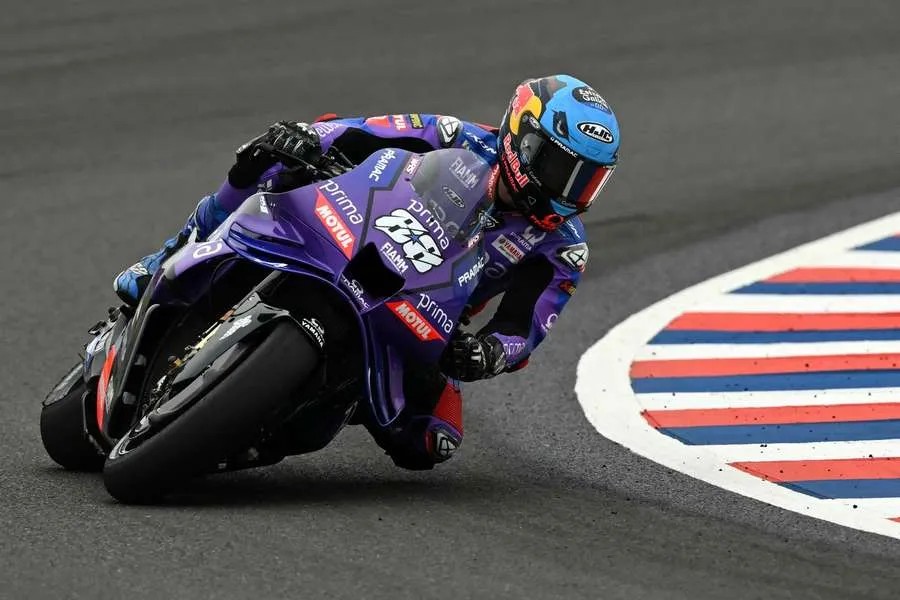
Oliveira’s Mental Resilience and Positive Outlook
Despite the physical difficulties, Miguel Oliveira’s attitude throughout this comeback is encouraging. He openly discusses his challenges, showing maturity and realism. This mental resilience is just as important as physical recovery for elite athletes.
His hope for improved performance in the main race and cautious optimism about tyre choices reveal a rider focused on gradual progress rather than unrealistic immediate results. Such a mindset is essential to long-term success after injury.
Future Steps for Oliveira and Prima Pramac Yamaha
Looking ahead, Oliveira and the Prima Pramac Yamaha team will prioritize his ongoing physical rehabilitation, focusing on strengthening key muscle groups involved in cornering and bike control. They will also work on bike setup adjustments aimed at reducing physical strain and improving rider comfort.
Technical tweaks may include modifications to suspension, chassis stiffness, and ergonomics to better suit Oliveira’s current physical state. The team’s ability to adapt will be vital for Oliveira to regain full competitive capability.

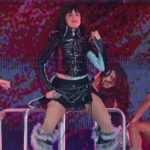
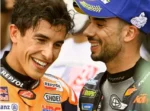


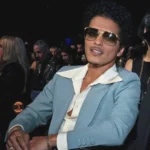
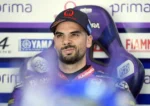

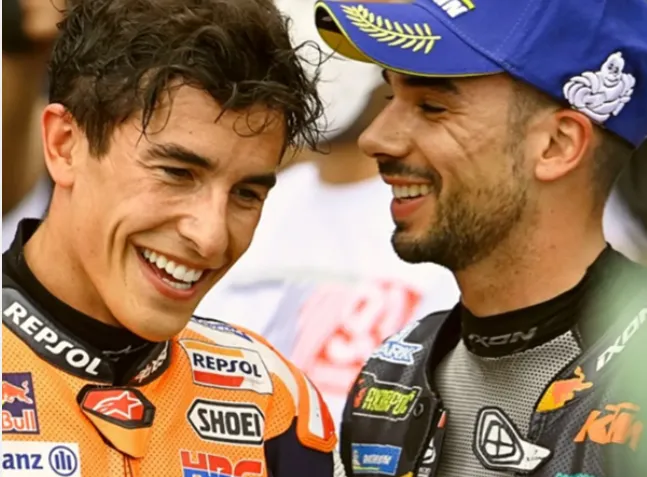


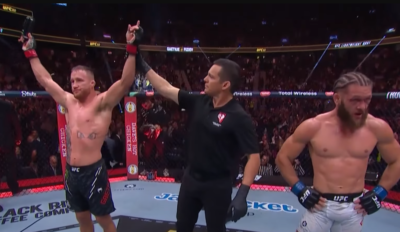
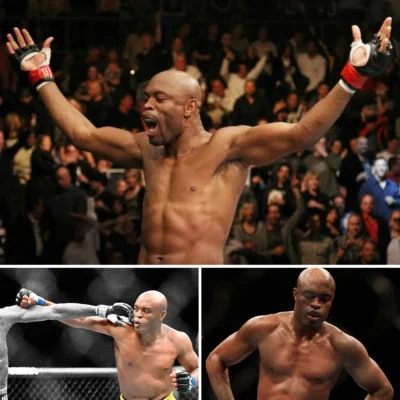
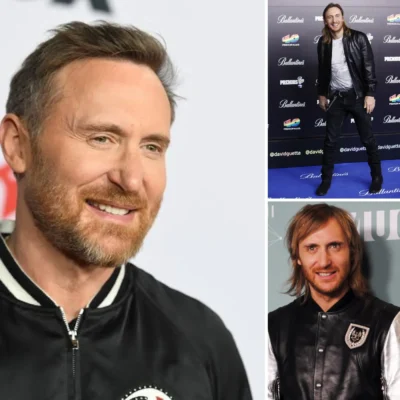
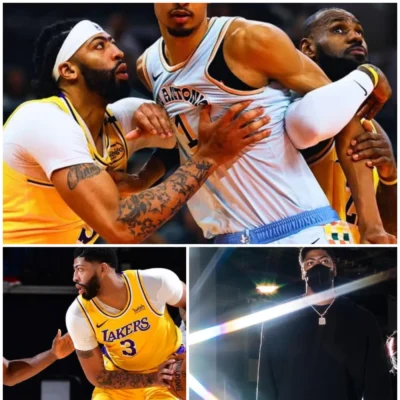



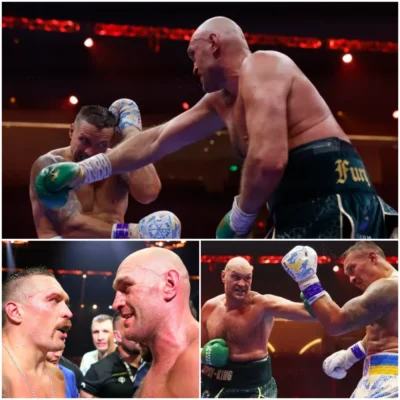
Post Comment